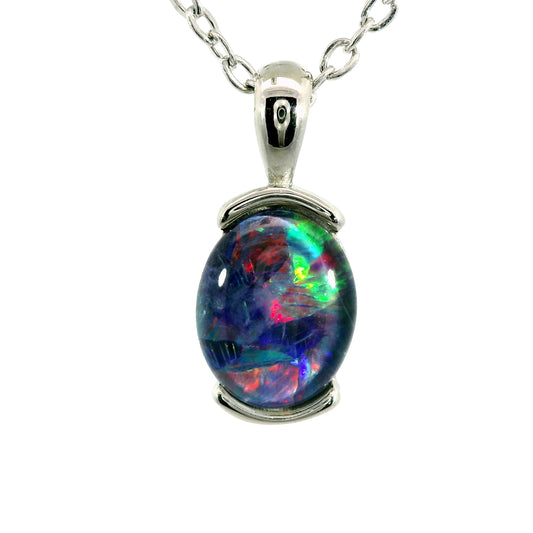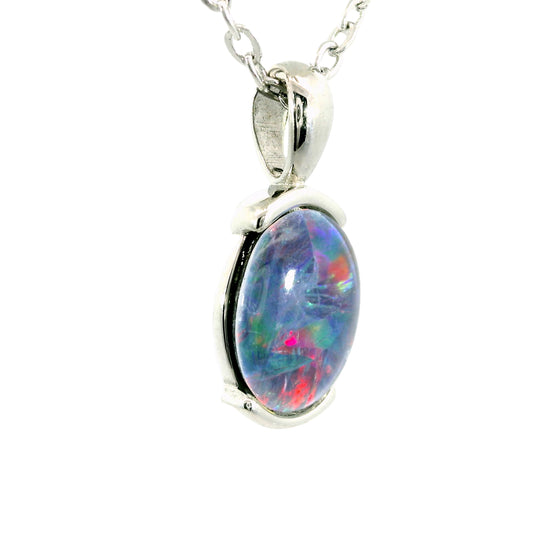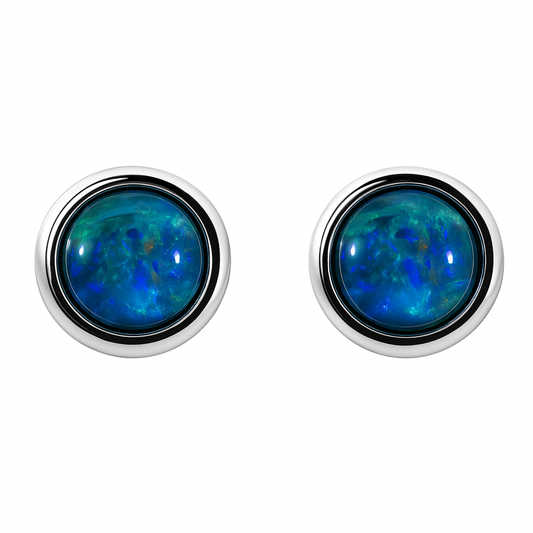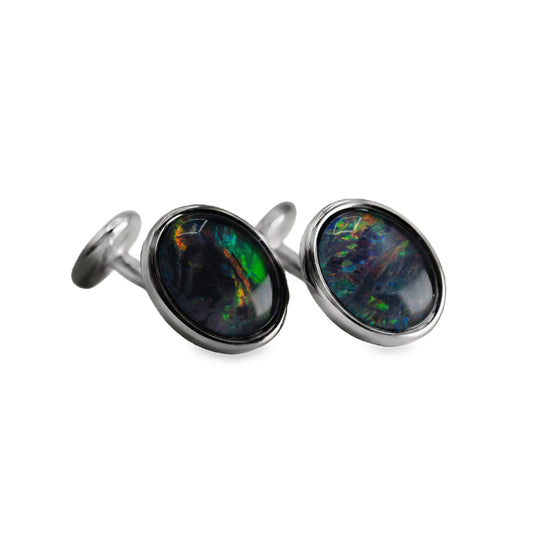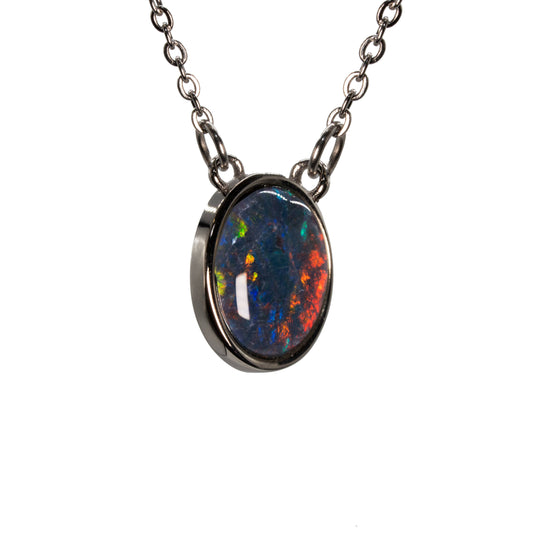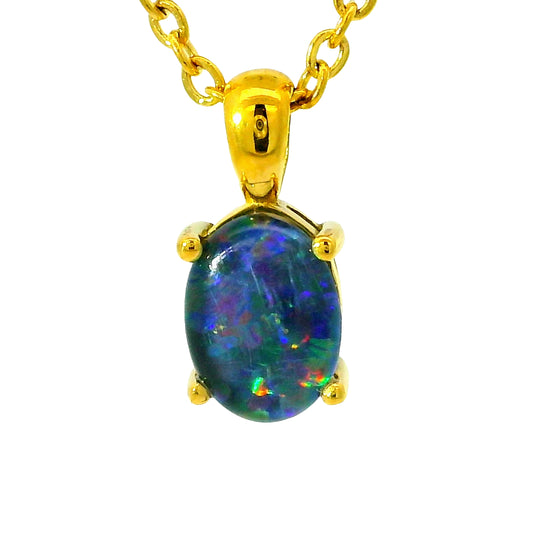Designing your own hand-made jewellery
How to Design your own hand-made jewellery
Have you ever wanted to create your own jewellery design? A piece of jewellery that is 100% “yours”? Here is the ultimate guide on how to do it.
The “industry” term for this is a “bespoke” piece of jewellery. This can be an exciting and refreshing process and will give you a piece of jewellery that is“yours”, something that you have actually had a part in creating. This makes ‘bespoke’ jewellery extremely meaningful and makes your jewellery that more precious and sentimental.
To get this right however you really have to follow some procedures in order to ensure that you end up getting exactly what you order.
So wether you want to refresh and redesign your existing jewellery, re-size a beloved Crystal Opal ring or repair a Triplet Opal pendant or Black Opal Stone earrings, here are a few tips to ensure that you have a great customer experience.
Tips for getting design “right”
- You have to make sure your jeweller takes correct notes of all design instructions and specific design requests.
- You have to make sure your jeweller takes correct notes of the Type of gold, the detail regarding the gemstone, diamonds, setting, ring size, chain size, etc.
- Make sure you give your Correct full name, phone number, email and delivery address details (you would be amazed how important this is)!
- Keep a back-up of the notes and photos related to the order – such as setting or preferred colours, comparable items and even the record of your own customer details.
- All notes from your order should usually be forwarded to you with an expected production date (estimate) and a fixed quote (or any potential variance has been discussed and ‘flagged)
- Understand that hand-making jewellery is a historic tradition. If you need your jewellery fast then you will pay a premium to put a jeweller under added pressure!
- Same applies to ring resizing, don't insist on “same day” service. Same day resizing is challenging and increases the risk of damaging your jewellery.
- Understand that more time is needed to resize rings that have “side stones” (diamonds or Cubic Zirconia or other gemstones) on the band.
- Delivery time on a bespoke orders will usually 5-6 weeks from a confirmed quote and design brief.
What is the Jewellery Making Process
Step 1 - You should first receive a lesson or instructions on the design process,
You would be shown actual rings, pendants and/or earrings (usually from existing stock) so you can choose the one you want or point out similar designs to your concept, You can also search for inspiration from designs from websites that you like.
Step 2 - Design the item. You will have been shown examples from stock and you can modify or develop or use internet comparisons. Then just do a simple sketch, you really just start with a rough “concept sketch”


Step 3 - Quote - now you really have to get to know your “costs”. You can do anything in any time-frame required, however you just have to make sure you talk through “unusual requests” (unique design, delivery or fast production). The “Ghellers Guide” is the international Pricing Standard for jewellery makeup and states that an “average” ring makeup runs at about $2,500 U.S.D.
Frequently asked questions
Question: What if it is not what I expected?
Hand-made items are made “by hand” from solid gold (first hand-carved and moulded in wax), Your design should fit your exact specifications. The jeweller should create the EXACT design you have asked for, there is no excuse as there are so many tools to make sure you have the design right, including CAD design tools that allow you to have your design conceptualised perfectly as a 3D render.
Question: What if I am not satisfied?
If you do not like your item when it is completed it should be adjusted, fixed or modified to fit the design specifications that were agreed. In debatable cases the jeweller should even re-make the item so you are completely satisfied.

Question: How safe is shipping?
Fedex is internationally recognised as “safe-and-secure”. Some jewellery companies have insurance policies to provide additional cover (over and above the Fedex or local carrier thresholds). Using a “door-to-door” service is great but you need to have a signature request facility or your precious jewellery can be dumped ‘anywhere’ and declared “delivered”. Using a tracking service allows your jewellery item to be shipped to home or work on a date that suits. Also important is the process of checking import or export duties. Many items will be able to be shipped as “workshop repair” but a newly completed ring, pendant or earrings could attract unexpected import duty fees. Your jeweller should be able to estimate (or cover) these by correctly stating the product in the shipping documents.

Question: How can I design my own jewellery?
Designing your own jewellery is exciting and fun! you don’t have to be a professional artist or designer! Always look for clues as to the type of jewellery you like to be seen wearing, or like on other people (as well as creating your own image board on pinterest). Then begin the process by simply drawing around the gemstones you want to use, then add a simple “bale” (or a shoulder setting or ‘motif’) and then draw a piece of gold around with a little design and diamonds. You will be amazed how much this process gets your creativity flowing!
Remember: The gemstones you have selected have attracted your attention so if in doubt...keep the design simple! Why would you detract from your gem? Adding some small diamonds creates the sparkle that attracts you to the finished piece, but then it is the Opal (or Pearl) that takes over.
Design is 99% confidence and 1% artistic or CAD skill
It is really important to remember this as so many times we get stuck thinking “I am not a designer, or I am not a good enough artist, or I don’t know how to use CAD design” What you DO KNOW is that looks good and what YOU LIKE. Working out what you like is your choice! so that is the really easy part!
Question: Isn’t it cheaper to make jewellery in India?
Most Australian Jewellers voluntarily stand behind their “hallmarks” (the “stamps” that guarantee gold type and quality). Unfortunately in some countries there are many unscrupulous manufacturers who go as far as manufacturing items with inferior metals (even brass) and gold plate it with a solid gold hallmark.In Australia the hallmark states the authenticity of all materials used and this is a legislated control, which means that if any Australian Jeweller misrepresented the type of gold with a false hallmark you would have the right to lodge a claim against them with the department of fair trade!
Question: What is White Gold & Rhodium Plating
Any Yellow Gold setting can be Rhodium Plated. Rhodium Plating is a lamination of Rhodium around the outside of an existing setting, giving the metal a White sheen and shimmer, effectively identical to – or exceeding - that of White Gold. Rhodium Plating functions as a durable and protective guard against wear and tear – leaving the solid Yellow Gold setting beneath intact and whole. Rhodium Plating is a very expensive means of achieving the same appearance of 18ct White Gold, as producing a setting in solid White Gold includes the costs of labour and the replacement of standard 18ct Gold alloys with the more expensive ‘Palladium’. At Australian Opal Cutters we provide a rhodium plating service at No Charge! (usually $125-$250 AUD) Rhodium is a more expensive metal than Palladium. However, less Rhodium is needed in Rhodium Plating than Palladium is needed in White Gold.

“Australian Opal Cutters are able to ensure a lifetime of white brilliance through free rhodium plating and our lifetime service guarantee of at-cost servicing. You can send the item to us and we will return it looking spectacular.”
Question: What is a bezel, claw or prong setting?
The jewellery industry is full of terms that you will not hear elsewhere, these are specific to the jewellery manufacturing industry. This can be confusing or even overwhelming when you consider these and this can cause intimidation or loss of confidence when you are working with your jeweller.
So a basic understanding the terms that describe a ring, pendant or earring is a great step to getting your design completed stress-free.
CHANNEL SETTING
A series of diamonds are mounted in a groove carved out in the precious metal. A hole, positioned below the gem, is left open in the channel to allow light in.
BAR CHANNEL SETTING
Individual precious metal bars run perpendicular along the ring. The bars are moulded around a gem to lock it in place.
PAVE SETTING
To create a “brilliant” surface multiple gemstones are positioned next to one another. Diamonds are set with small beads Narrow strips of metal lift the diamond up, maximizing light to the gem,
PRONG (or "Claw") SETTING
Also known as a “claw setting” or “common prong” setting. Gemstones share prongs, variations on this theme are the 4, 6, 8 and 12 claw settings.
BEZEL SETTING
Creating a close setting and a clean line of brilliance.
A metal rim gently secures a gemstone in place by the girdle. The bezel setting guards the gem from damage, a light hole at the base allows brilliance to scintillate within the gem.
HALF BEZEL
This is a really modern setting, a simple yet stylish design that works with any gemstone, especially Australian Boulder Opal!
Basket
The part of the ring that holds the main gem in place
Shoulders
The upper part of a ring where it attaches to a ‘basket’
Shank
The jewellers term for the actual ‘ring’ (without the basket). This is a simple yet important choice, as the width and 'shape' of the shoulder of the shank has a very great impact on the overall design. An Opal Ring from Australia could be the same in every way yet have a "flared", "tapered" or "Straight" shoulder shape and present completely differently when completed.

“Thickness”
The key areas of thickness that you must discuss are the thickness of the ring at the shoulder and the width of the ring as these two most affect the look and feel of the finished design.
An “average” ring width at the shoulder is 4mm and an average thickness is 2mm
Alloy
An alloy is a mixture of metals or a mixture of a metal and another element. All gold less than 24ct is an alloy of pure gold with one or more other metals. Sterling silver is an alloy of pure silver (92.5%) and copper (7.5%). Alloying is usually done to make an improved version of the main metal: it can make it harder, less prone to tarnish (or the opposite can be a downside), a different colour, lower cost or add other desirable features.
Bail (or Bale)
A finding component usually used to hang pendants or charms from a necklace. It can be as simple as a jump ring made of wire or a more complex and detailed design.
Bolt clasp or bolt ring
A clasp which has a circular shape. It has a tiny spring inside which is connected to a bolt which you can operate with a fingernail or fingertip to open before it springs closed. These are the most common clasp types Simone Walsh Jewellery uses in our designs.
Carats and karats
When used in relation to gold a 'carat' is a measure of purity, except in the USA and some other countries where the spelling is 'karat' instead: the higher the number, the more pure it is, with the maximum being 24. When the term 'carat' is used in relation to gemstones it is referring to mass rather than purity - in this case the spelling is the same worldwide. You'll see 'ct', 'kt' or 'K' used as shorthand by jewellers to refer to carats or karats.
Drop earrings
Drop earrings are similar to dangle earrings, but have the main feature dropping slightly below the earlobe. They may or may not swing depending on the design, unlike dangle earrings which always swing. Sometimes the terms 'drop earrings' and 'dangle earrings' are used interchangeably.
Earring back, scroll or nut
The small component that attaches to the back of a post earring to hold it in place on your ear.
Filigree
A highly ornamental type of jewellery making where precious metal wire is twisted to form delicate tracework patterns.
Findings
Components which are used to connect or decorate in the construction of jewellery pieces. They are usually not the main focus of a design and can include components like clasps, jump rings, earring backs, earring wires or hook, brooch pins, etc.. Unless otherwise identified, all Simone Walsh Jewellery findings are sterling silver.
Jump ring
This is a very simple and widely used jewellery component: it’s simply ring which is used as a connector for clasps, pendants, beads, ear wires, etc.. Usually jump rings are quite small and an incidental part of the design which exist for practical purposes.
Lobster clasp
A sturdy type of clasp which has a lobster claw shape and features a tiny spring inside for its operation. Similar styles may also be referred to as parrot clasps or caribiner clasps. Some of our heavier Simone Walsh Jewellery necklace designs and many of our bracelets may feature this type of clasp.
Sterling silver
An alloy of 92.5% pure silver with 7.5% copper, which results in a much stronger and better wearing metal than pure silver. Sterling silver is very commonly used in jewellery making. The downside of sterling silver is that it will tarnish, but the upside is that it’s easy to remove.
Stud earrings or post earrings
Stud earrings or post earrings are made for pierced ears. They are constructed with a metal post which is placed through the piercing and secured in place on the back of the ear. Stud earrings are usually fairly small with the main feature sitting directly on the post. Post earrings are secured to the ear in the same way, but may have a feature dropped or dangling from them.
Tarnish or oxidisation
This is a reaction that happens to the surface of some metals (including sterling silver) which will cause it to look dull, darker and possibly even stained. It’s most commonly caused by a reaction with oxygen and is exacerbated by moisture. But don’t panic: it can be removed easily enough with silver dip or polishing cloths. To keep it at bay you should wear and store your jewellery correctly and have a routine for keeping your jewellery clean. Learn about how to clean and care for your jewellery.
Titanium
A naturally occurring metal which is hard, very light weight and exhibits a wide array of beautiful colours when heated. It is used in some jewellery designs, mostly because of its colouring.
Toggle clasp
A jewellery clasp which has two components: most often a straight bar which hooks through a circle, using gravity and tension to keep the clasp in place.
So now that you have a basic understanding of these terms you will be ready to launch out and create something truly unique, a piece of jewellery that will be loved and admired for generations to come, and, because YOU have designed it will have that added sentimental value that you simply cannot put a price on.

Find out more
Frequently asked questions on Australian Opal Cutters, making opal jewellery, opal engagement rings, service and product guarantees, and opal history.












































































































